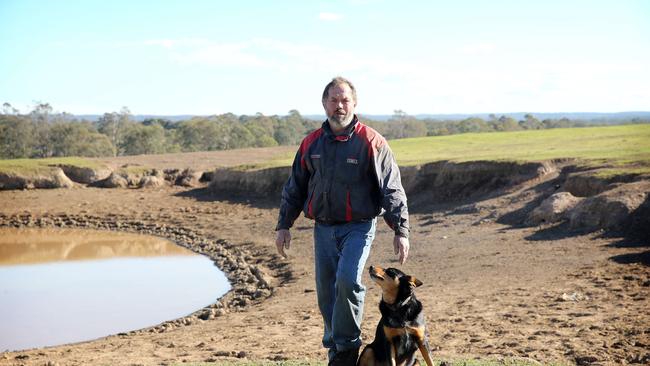NSW landholders’ water rights from Bega to Tweed Heads tripled
All coastal landholders will be able to build bigger dams to harvest more rainfall runoff to water stock or irrigate pastures.

NSW landholders’ right to harvest up to 10 per cent of the rainfall runoff from their properties will rise to 30 per cent from early next year.
The three-fold rise in landholders water harvesting rights also creates opportunities for increased production.
However usage of rainfall runoff captured in on-farm storages will be limited to stock and domestic consumption or to irrigate pastures and fodder crops, not intensive horticultural crops.
NSW Water Minister Melinda Pavey said the changes were introduced to allow coastal farmers and other landholders to lift the capacity of their on-farm storages to help cope with drought and to help fight bushfires.
“We saw too many situations during the 2019-20 bushfire season where despite being in high rainfall areas, firefighters were unable to source water from nearby locations,” Ms Pavey said. “By raising the harvestable right to allow more water to be stored across the landscape, we will be better prepared as a state for future disasters.”
“For our farmers on the coast this is just common sense for our communities. The increase came after the NSW Government undertook a long overdue review which included hydrological modelling and broad community consultation.”
Mrs Pavey said the NSW Government would be undertaking detailed assessments of each individual coastal catchment over the next year to confirm the new limit is appropriate at a local level.
That assessment may result in the new 30 per cent threshold being lowered in any stressed catchments.
To balance this she said the needs of the environment and downstream water users, water use will be restricted to domestic, stock and some agriculture uses, and farm dams will still only be allowed on first or second order streams.
These new rules will come into effect in early 2022 and the Natural Resources Access Regulator will enforce the strict rules.
More information on coastal harvestable rights and the changes are available here.




